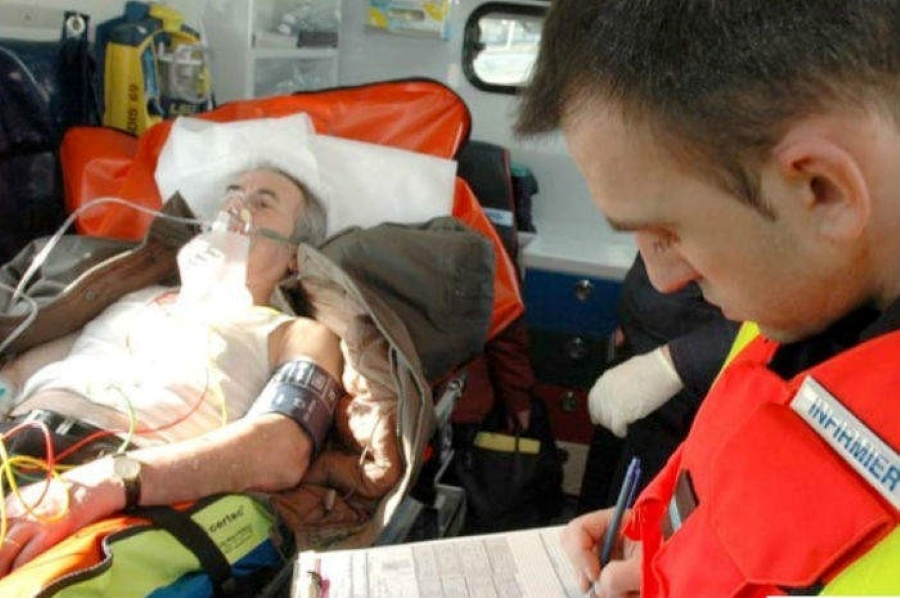
Hygiene: concepts of antimicrobial, antiseptic, disinfectant and sterilisation
An antimicrobial is, by definition, a natural or synthetic substance that kills microorganisms (microbes) or inhibits their growth
Antimicrobials are subdivided mainly according to
- type of activity (killing or growth inhibition);
- type of microorganism at which they are directed (spectrum of action).
An antimicrobial that kills microorganisms therefore has effects
- bactericides: kill bacteria
- fungicides: kill fungi;
- virocides: kill viruses.
On the other hand, antimicrobials that inhibit (slow down or stop) the growth of micro-organisms are:
- bacteriostatic: inhibit the growth of bacteria;
- fungistatic: inhibit the growth of fungi;
- virostatics: inhibit the growth of viruses.
Based on their extended use on tissues in vivo, the various types of antimicrobials are divided into antiseptics and disinfectants:
- antiseptic: a physical or chemical medium with properties to prevent or slow the growth of microbes, either externally, on the surface or inside a living organism. An antiseptic can be used on living tissue, even at high concentrations, and this is possible due to a particular property of these compounds known as ‘selective toxicity’. Selective toxicity is due to the ability of the antimicrobial to hit certain cellular targets unique to the micro-organism, so that no harm is caused to the host organism (the human being). These antimicrobials are those normally used as drugs;
- disinfectant: a substance capable of killing the vegetative forms of pathogenic microorganisms and their spores (e.g. chlorine, iodine, hydrogen peroxide, phenol and ethyl alcohol). A disinfectant may NOT be used extensively on living tissue, as it is toxic. Most substances with an antimicrobial effect fall into this category. These substances in medicine can at most be used for local skin application.
Added to this is the concept of sterilisation: a process that guarantees the condition in which the survival of micro-organisms is highly unlikely.
Sterilisation means the total elimination and/or inactivation of any living form, whereas disinfection is restricted to pathogenic species only and not to any living species.
In medical practice, antimicrobials are used to combat human infections caused by pathogenic microorganisms, while in scientific research they are used to control microbial growth and to select microorganisms for cultivation in the laboratory.
Read Also
Emergency Live Even More…Live: Download The New Free App Of Your Newspaper For IOS And Android
Vapourised Hydrogen Peroxide: Why It Is So Important In Sanitary Disinfection Processes
Hygiene And Patient Care: How To Prevent The Spread Of Healthcare-Related Infections
Contamination Of Materials In A Hospital Environment: Discovering Proteus Infection
Bacteriuria: What It Is And What Diseases It Is Associated With
5 May, Global Hand Hygiene Day
Focaccia Group At REAS 2022: The New Sanitization System For The Ambulances
Sanitising Ambulances, A Study By Italian Researchers On The Use Of Ultraviolet Rays
Focaccia Group Enters The World Of Ambulances And Proposes An Innovative Sanitisation Solution
Scotland, University Of Edinburgh Researchers Develop Microwave Ambulance Sterilisation Process
Ambulance Disinfection Using A Compact Atmospheric Plasma Device: A Study From Germany
How To Decontaminate And Clean The Ambulance Properly?
Preoperative Phase: What You Should Know Before Surgery
Sterilization With Hydrogen Peroxide: What It Consists Of And What Advantages It Brings
Integrated Operating Rooms: What An Integrated Operating Room Is And What Advantages It Offers


